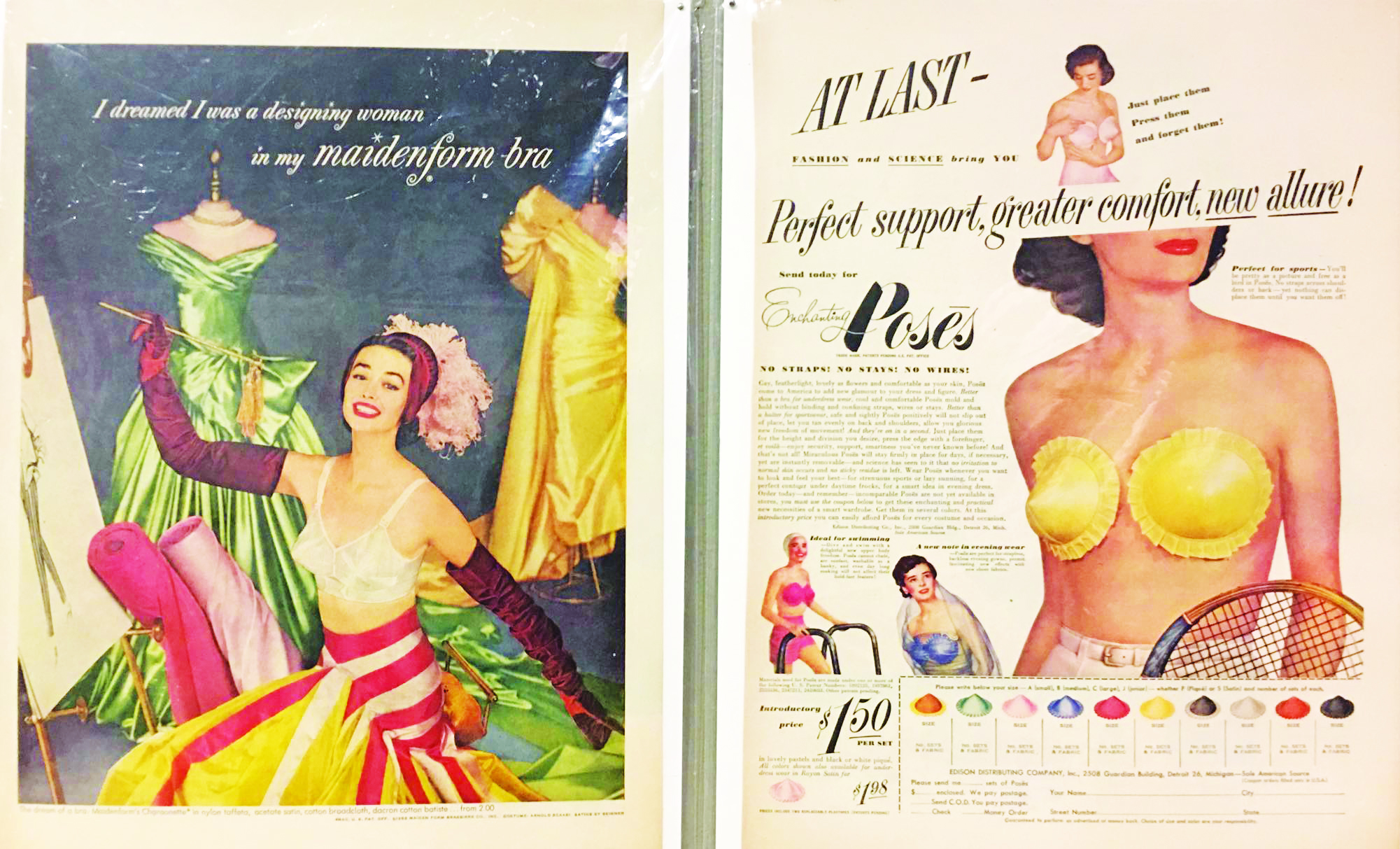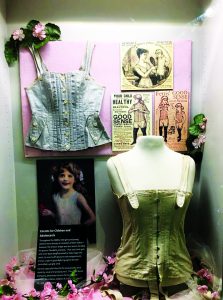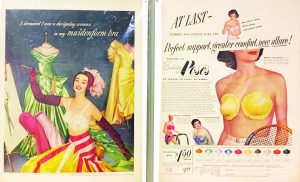
By Parker Barry
Are you “straight-laced” or are you a “loose woman”? The term “loose woman” originates from whether or not a woman’s corset was “straight laced” meaning she was difficult to undress. The corset was seen as a woman’s armor against lust.
The White River Valley Museum in Auburn, WA is having an exhibit until June 17 called “Suffer For Beauty” about women’s lingerie and undergarments throughout history. The change in women’s undergarments represents a change in how society views women.

This museum is extremely tiny and the curator may or may not follow you around as you diligently examine various pieces of underwear from the late 1800s. It kind of feels like a scene from the T.V. show “Portlandia.” They have women’s clothing ranging from the 19th century to the early 70s, showing how women’s fashion has changed; in particular how women’s lingerie has evolved into modern times. The museum curator even explained that when she was growing up in the 50s she had to wear a “girdle,” something that she pointed out in the exhibit. It is a piece of clothing meant to make sure that, as she put it, “nothing jiggles.”
Victorian-age fashion is probably the most bizzare. A woman’s waist size was considered crucial to her femininity and standing as a woman in society. The layers of clothing that women had to wear in the Victorian era were extensive. Women were required to wear layers of clothes to “keep everything in place” and to accentuate certain aspects of the female form. These layers included the corset, chemise, hose, drawers, hat, bodice, skirt, shoes, petticoat and bustle.
A “bustle” was an undergarment meant to exaggerate a woman’s bottom. The bustle was made out of coil springs or sometimes even bagged horse hair tied around the waist with layers of fabric hanging over for dramatic effect. The bustle often looks like a wired cage that is placed under the dress. It originated as a roll of fabric around the waist to hold the dress up off the ground but then became dramatized as a fashion statement. Having a large bustle showed that a woman was wealthy and did not have to work for a living, since she could not do any housework with such a large contraption attached to her.
The history behind changes in fashion often represent the era in which women were having to adapt. For instance, during WWI the style in female fashion became drastically more masculine. This was due to the fact that women were finally entering the workforce while the men were fighting overseas — short hair and straight, slim silhouetted dresses became fashionable as women had to take on formally masculine roles in society. Brassieres were made to push everything down and create a sort of flat-chested “uni-boob.”

The “Suffer For Beauty” exhibit shows how different modern female fashion is and how far we have come from objectifying and standardizing the female form. There is much more progress that needs to be made but “Suffer For Beauty” gives some perspective on the history of expectations for a woman’s body.
Although these forms of undergarments feel very old-fashioned, there are many lingerie pieces worn in modern day that resemble them. Garments such as “waist trainers,” corsets you put on your torso in order to “train” your waist to be slimmer, are eerily similar to clothing like “spanx,” worn by modern-day women to smooth out their curves.
“After going to this exhibit it made me feel so appreciative of my pants that I am freely allowed to wear.” Hanna Woods, a junior at the University of Puget Sound said.
